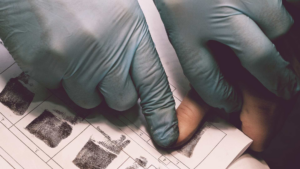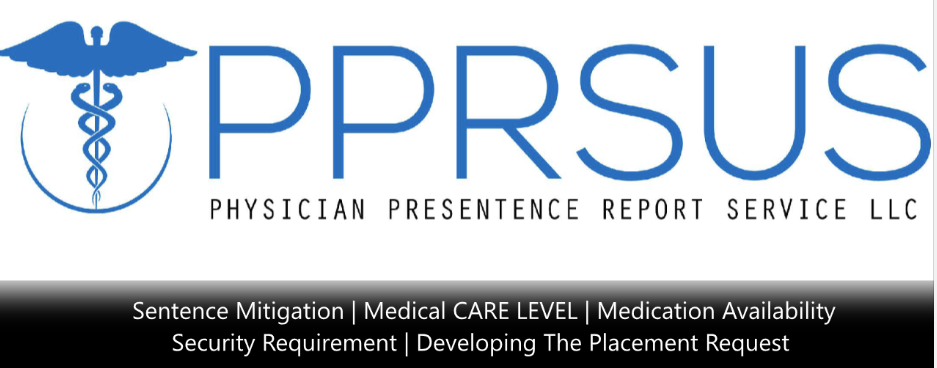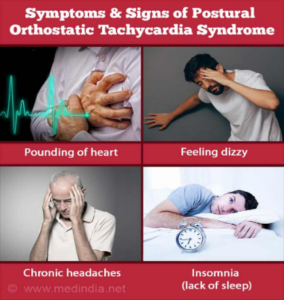Schizophrenia in Federal Prison
In federal prison, Schizophrenia is a mix of symptoms that varies from person to person and affects the mind. When severe, people have trouble staying in touch with reality. It’s hard for someone to think clearly, make good judgments, respond emotionally, communicate effectively, understand reality, and behave appropriately. There is no cure, and treatment requires a psychiatrist-guided team approach, which includes a psychologist, social worker, psychiatric nurse, and possibly a case manager to coordinate care.
Anxiety may present as a component, along with Posttraumatic stress disorder, as a symptom of a co-occurring disorder. While Schizophrenia is a serious brain illness, there is no test for it. Diagnosis requires eliminating what it’s not occurring, in order to identify the symptoms that are present.
There are three types of symptoms:
- Psychotic symptoms may distort thinking, including hallucinations, delusions (beliefs that are not true), and organizing thoughts.
- Negative symptoms: where you’re not able to show emotions – leaving you to present yourself as depressed and withdrawn.
- Cognitive symptoms: Trouble making decisions and paying attention.
There is no cure. Different medications may have to be tried to see which are effective because medications affect each person individually. Once you find the medication(s) that work, stay on them daily, keep your doctor’s appointments and follow their recommendations.
Schizophrenia
Changes in behavior;
Includes delusions and hallucinations – which may last a lifetime.
Delusions; False beliefs, not based on reality, such as another person is in love with you, or a major catastrophe is about to occur.
Hallucinations involve seeing or hearing things that don’t exist. They can be in any of the senses, hearing voices is the most common hallucination.
Disorganized thinking and speech may include putting together meaningless words that can’t be understood, sometimes known as word salad. Extremely disorganized or abnormal motor behavior can include resistance to instructions, inappropriate or bizarre posture, a complete lack of response, or useless and excessive movement. All of these behaviors can result in less than optimal interactions between other inmates or with correction staff. The result may be a trip to the hospital or the SHU (isolation), neither is acceptable, and both are preventable.
Negative symptoms can be expressed as, neglecting personal hygiene, appearing to lack emotion, (not; making eye contact, changing facial expressions, or speaking in a monotone), and losing interest in everyday activities, including socially withdrawing.
Treatment is accomplished under the psychiatrist-guided treatment team approach with a case manager coordinating care. The full-team approach may be available in clinics with expertise in schizophrenia treatment. These delusions and hallucinations — may last your lifetime.
First-generation older antipsychotics, introduced in the 1950s – As a class, these provided treatment for acute agitation, bipolar mania, and other psychiatric conditions.
On- Formulary Medications: Haloperidol (Haldol), Perphenazine (Trilafon), Loxapine, Trifluoperazine(Stelazine), and Fluphenazine
Not Available: Flupentixol, Zuclopentixol, Sulpiride, Pimozide, Molindone, Prochlorperazine, Thioridazine, and Thiothixene
Second-generation or atypical antipsychotics,
Some associated side effects; “Schizophrenia in adults, “Bipolar mania and hypomania in adults“, “Unipolar major depression with psychotic features“, “Delusional disorder”, “Brief psychotic disorder”, and “Treatment of postpartum psychosis”
On Formulary: Clozapine (Clozaril) “Clozapine remains the only antipsychotic that has been FDA-approved for treatment-resistant schizophrenia,” “and it provides effective treatment even when patients do not respond to other second-generation antipsychotics. No existing first- or second-generation antipsychotic is as effective as clozapine monotherapy in treatment-resistant patients. Deanna Kelly, Pharm.D., of the Maryland Psychiatric Research Center (MPRC)” Other Medications: Olanzapine (Zyprexa), and Risperidone (Risperdal).
Medications Non-Formulary: Quetiapine (Seroquel)
Some of the more recent atypical antipsychotics:
Medications Not Available: Asenapine (Saphris), Iloperidone (Fanapt), and Lurasidone (Latuda).
Schizophreniform
Symptoms of schizophreniform
Schizophreniform is a similar disorder that affects how you act, think, relate to others, express emotions, and perceive reality.
Unlike schizophrenia, it lasts one to six months.
A mental condition that can distort the way you:
- Think.
- Act.
- Expresses emotions.
- Perceive reality.
- Relate to others.
Medication and Psychotherapy —to help the patient manage everyday problems related to the disorder.
Medications On Formulary: Click here for the article…
Brief psychotic disorder
Involves a sudden, short period of psychotic behavior, often in response to a very stressful event, such as a death in the family. Recovery is often quick — usually less than a month.
The first line of treatment may include atypical antipsychotics.
Medications On Formulary: Click here for the article…
Medications Non-Formulary: Click here for the article…
For those that have an increased risk of having depression, medications that address this symptom can be an important part of their treatment.
Delusion disorder
The key symptom is having a delusion (a false, fixed belief) involving a real-life situation that could be true but isn’t, such as being followed, being plotted against, or having a disease. The delusion lasts for at least 1 month.
The exact cause is not yet known, but researchers are looking at genetic, biological, environmental, or psychological factors.
A cold, detached manner with the inability to express emotion
- …has an over-inflated sense of worth, power, knowledge, or identity.
- Jealous
- …that someone is spying on them or planning to harm them.
- …believes that he or she has a physical defect or medical problem.
- …have two or more of the types of delusions listed above.
Symptoms that are ‘non-bizarre’:
- An irritable, angry, or low mood
- Hallucinations
Diagnosis: There are no laboratory tests to yield positive results, they are only good to rule out what it is not.
Treatment:
- Psychotherapy is primary
- Conventional antipsychotics
First-generation older antipsychotics, introduced in the 1950s –
1st Generation, Medications On- Formulary for available medications: Click here for the article…
2nd Generation, Medications On- Formulary for available medications: Click here for the article…
Medications Non-Formulary medications require pre-authorization; click here for the article…
Other types of medications:
- Antidepressants might be used to treat depression, which often happens in people with delusional disorder
- Psychotherapy can also be helpful, along with medications, as a way to help people better manage and cope with the stresses related to their delusional beliefs and their impact on their lives.
- Sedatives and antidepressants might also be used to treat anxiety or mood symptoms if they happen with delusional disorder.
- Tranquilizers might be used if the person has a very high level of anxiety or problems sleeping.
Shared psychotic disorder (also called folie à deux)
Here one person in a relationship has a delusion and the other person in the relationship adopts that same delusion.
Diagnosing is difficult, possibly with an MRI.
Treatment: Psychotherapy aims to ease emotional distress, with medication to ease the symptoms of anxiety.
It cannot be prevented, and the key is to diagnose and treat them as soon as possible.
Substance-induced psychotic disorder
Substance-related disorders involve drugs that directly activate the brain’s reward system which typically causes feelings of  pleasure.
pleasure.
The classes of drugs include
· Alcohol
· Caffeine
· Cannabis and synthetic cannabinoids
· Hallucinogens (eg, LSD, phencyclidine, psilocybin)
· Inhalants (volatile hydrocarbons [eg, paint thinner, certain glues])
· Opioids (eg, fentanyl, morphine, oxycodone)
· Sedatives, hypnotics, and anxiolytics (eg, lorazepam, secobarbital)
· Stimulants (eg, amphetamines, cocaine)
· Tobacco
· Other (eg, anabolic steroids)
Treatment/Management
Clinical judgment, with a proper history, creates a safe environment during the withdrawal period. Due to the relative safety of most antidepressants in the setting of depressive symptomatology, and manic episode guidelines, second-generation antipsychotics, such as Quetiapine (Non-Formulary) or Olanzapine (On Formulary), may also be beneficial as they are faster-acting than mood stabilizers.
Psychotic disorder; due to other medical conditions;
Hallucinations, delusions, or other symptoms may happen because of another illness that affects brain function, such as a head injury or brain tumor.
Paraphrenia: symptoms similar to schizophrenia.
It starts late in life in the elderly,
- Generally has a much better prognosis than other psychotic disorders.
- Antipsychotic medication can be helpful,
- Paraphrenia sometimes co-occurs with depression and anxiety
I) BOP Placement Based On Security Level Alone – Without Multiple Medication Needs
The Challenge Program – an EBBR FSA Evidence-based Recidivism Reduction Program for male inmates in Penitentiary (High Security) facilities. Treats those with substance abuse and/or mental illness disorders (psychotic, mood, anxiety, or personality).
II) BOP Placement- With Multiple Medication Needs v Prior Hospitalizations
Here, it depends;
- the number of types of psychiatric hospitalizations, not related to substance abuse, and
- the number of multiple diagnoses treated with antipsychotic and/or different psychotropic medications
Influences Mental Healthcare (MH) CARE LEVEL I-IV facility placement.
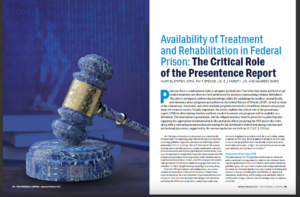



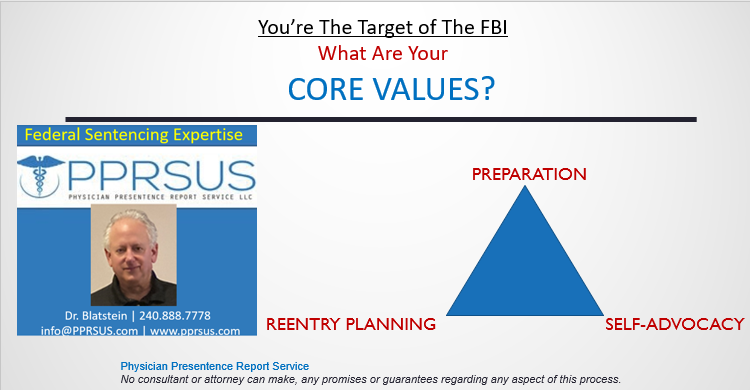

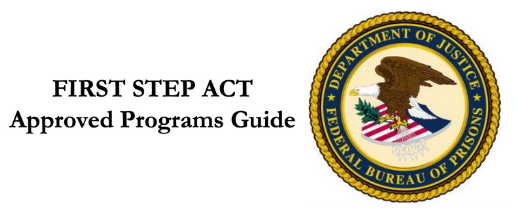



 pleasure.
pleasure.